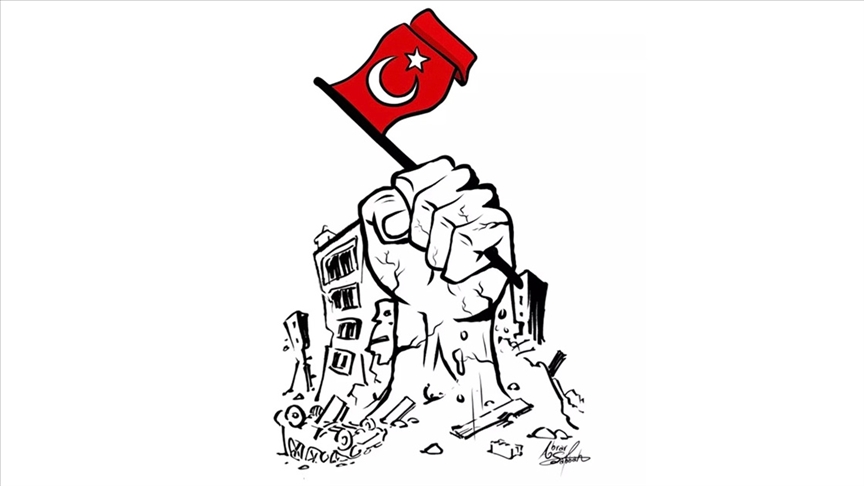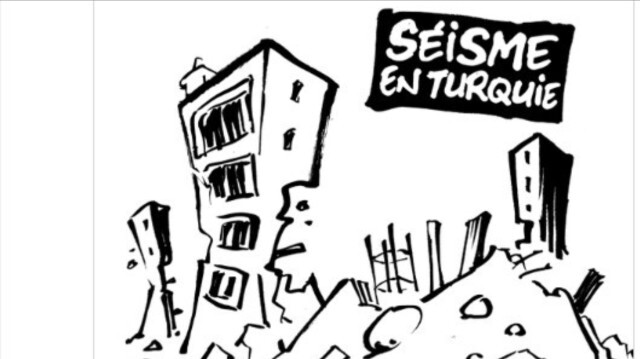After the conquest of Mecca one of the tribes that concerned Prophet Muhammad (pbuh) was the Hawazin. The Hawazin had many branches and resided in the regions between Mecca and Najid, stretching in the south to Yemen. The people of Saqif, who constituted a major branch of this tribe, were living in Taif. The animosity between the Hawazin tribe and the Quraishi, which had been continuing since the Age of Ignorance due to the influence of trade relations, was now directed against Prophet Muhammad (pbuh), as he was a member of the Quraishi tribe, as well as against Islam, which had been introduced by him. Some branches of the tribes had violated the provisions for travel security found in the Treaty of Hudaibiyah, thus Prophet Muhammad (pbuh) sent some troops against them. However, as the resentment and animosity of the Hawaz people continued to increase, they became one of the most important targets for Prophet Muhammad (pbuh) after the Quraishis. While Prophet Muhammad (pbuh) was in Mecca, a spy who had been captured provided him with information about the preparations of the Hawazin for a war against the Muslims. On the other hand, upon the destruction of the idol Uzza, which was located on the road to Taif, the Saqif people feared that their own idol Lat would also be destroyed, thus they joined the Hawazin, who had gathered in Awtas. The commander of the Hawazin army was Malik ibn Awf an-Nasri, who was about thirty years old. Despite opposition from experienced figures, Malik ibn Awf ordered that the women, children, goods and animals be brought to the frontlines in order to keep his soldiers on the battlefield, and this lead to a battle by the entire community against the Muslims.
After Abdullah ibn Abu Hadrad al-Aslami, who had been sent to gather intelligence, confirmed that the Hawazin and Saqif tribes had gathered in the valley of Awtas, Prophet Muhammad (pbuh) begun battle preparations. Seventeen days after the conquest of Mecca, on 6 Shawwal 8, (January 27th 630) the Prophet set out on a campaign with his army that numbered nearly 12,000 along with 2,000 Muslims from Mecca who had recently joined the army. In the Islamic army there were also women like Ummu Umara, Ummu'l-Harith and Ummu Sulaym.
The Islamic army headed to Awtas on 11 Shawwal 8 (February 1st, 8) and reached Hunayn at night, waiting there until the break of dawn. At dawn, the army took action behind a reconnaissance unit of 100 cavalry, led by Khalid ibn Walid. The Hawazin had reached the Hunayn valley before the Muslims and set up an ambush on the narrowest part of the valley; they began to fire arrows against the enemy and this was the actual start of the battle. As it was dark, it was very difficult to locate the enemy who were lying in ambush. In addition to this, the chaos and atmosphere of panic that occurred when the horses and camels were spooked led to a disorderly retreat of the central units. In short, Prophet Muhammad (pbuh) had very few soldiers around him. In the Quran it is stated that this debacle was caused by the Muslims thinking of themselves as being superior to the enemy, and thus their faith in Allah had not yet been completely fulfilled; after this bitter experience, it is stated that the Muslims became triumphant with the spiritual support of Allah (Al-Tauba 9/25-26). The dispersed army quickly reassembled with the warnings and brave and decisive intervention of Prophet Muhammad (pbuh) and victory was assured after a fierce battle. Most of the Hawaz army, along with their commanders took shelter in Taif, with others going to Awtas, and the rest fleeing to Nahla. Thus, the zenith of the struggle of the Bedouin Arabs against the Muslims ended with the victory of the Muslims.
It is reported that in this battle four Muslims were martyred and 70 enemy soldiers were killed, among whom was the famous poet and warrior Durayd ibn Simna. Prophet Muhammad (pbuh) had ordered his Companions not to kill the children, women, servants and the slaves, yet he was saddened when one a woman was killed that day.
After the defeat, most of the fleeing Hawazin army, along with their commanders, as stated above, took shelter in Taif and others in Awtas, with the rest heading to Nahla. One day after the battle, Prophet Muhammad (pbuh) went to Taif and sent a squadron to Awtas and Nahla. The squadron that was sent to Nahla abandoned their pursuit and returned as the fleeing enemy army withdrew to the mountains. The unit which was sent to Awtas under Abu Amir al-Ash'ari was triumphant over the Hawazin army, but Abu Amir was martyred. Abu Musa al-Ash'ari took over the commandership and in accordance with the orders of Prophet Muhammad (pbuh) he brought back the properties and prisoners that had been seized to Ji'rana, where the loot from the Battle of Hunayn were kept.
Subscribe to:
Post Comments (Atom)









No comments:
Post a Comment